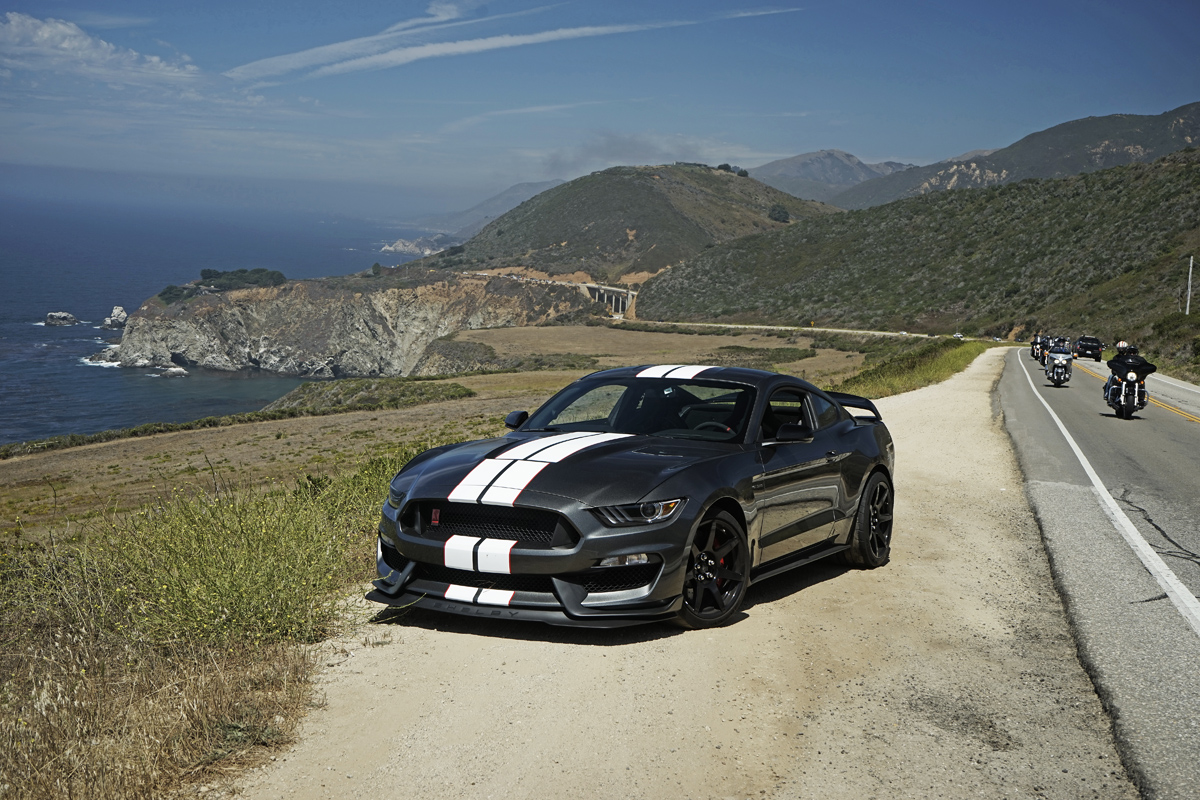The Spring 2013 issue of PRN Ignition, Canada’s No. 1 magazine for automotive enthusiasts, is well into production. Among a trunkload of amazingly cool content we’ve driven high and low to procure, we’ve assembled a couple of guides that highlight some of the finest racing and performance driving schools all across this country.
My assignment took me to the Canadian Tire Motorsports Park (a.k.a. Mosport) to participate in the two-day Mercedes-Benz AMG Driving Academy last fall. While I’m not going to spoil the anticipation and give away all the amazing details, a little bit of AMG Driving Academy instructor wisdom isn’t going to hurt…
Racing is an expensive hobby, even at the grassroots level. You’ve got to have a track-worthy vehicle and all the safety gear. There are also the necessary parts, maintenance and repairs, plus the cost of fuel, tires, travel and countless other expenses to consider. In short, it all adds up.
The best way to not only protect your investment, but keep yourself and others safe when the green flag drops, is to know how to drive your car. Don’t take it personally, but not everybody drives at the same level; some people get a lot more practice and experience than others.
Because I want everybody to arrive safely, here are some of the best tips and techniques students learn at the Mercedes-Benz Driving Academy.
Let’s start with the perhaps the most misunderstood and often forgotten aspect of driving, seating position. According to chief instructor Danny Kok, how you sit inside your vehicle is very important and it’s even more so on a race track.
Start by lowering the seat all the way. If you’re vertically challenged, raise it up to a comfortable level. Then adjust the seat base forward or back so you have a good bend in knee when pushing the pedals all the way down, and with your left foot on the dead pedal. Next, adjust the seat back so there’s still a good bend in your elbow while the steering wheel is turned. You should have at least four to six inches of headroom to accommodate your helmet.
The steering wheel should be held at nine and three o’clock, with the hands roughly level with the shoulders. Holding at 10 and two only lets you turn the wheel 120 degrees in either direction while nine and three equates to no less than 180 degrees. Use the dead pedal to support your body when turning the wheel, in order to reduce arm fatigue. Finally, after setting the rearview mirror to see as much as possible out the back window, use a reference point on either side to adjust the side mirrors and eliminate blind spots.
For more tips from the Mercedes-Benz Driving Academy, please visit the PRN IGNITION website for the latest.
